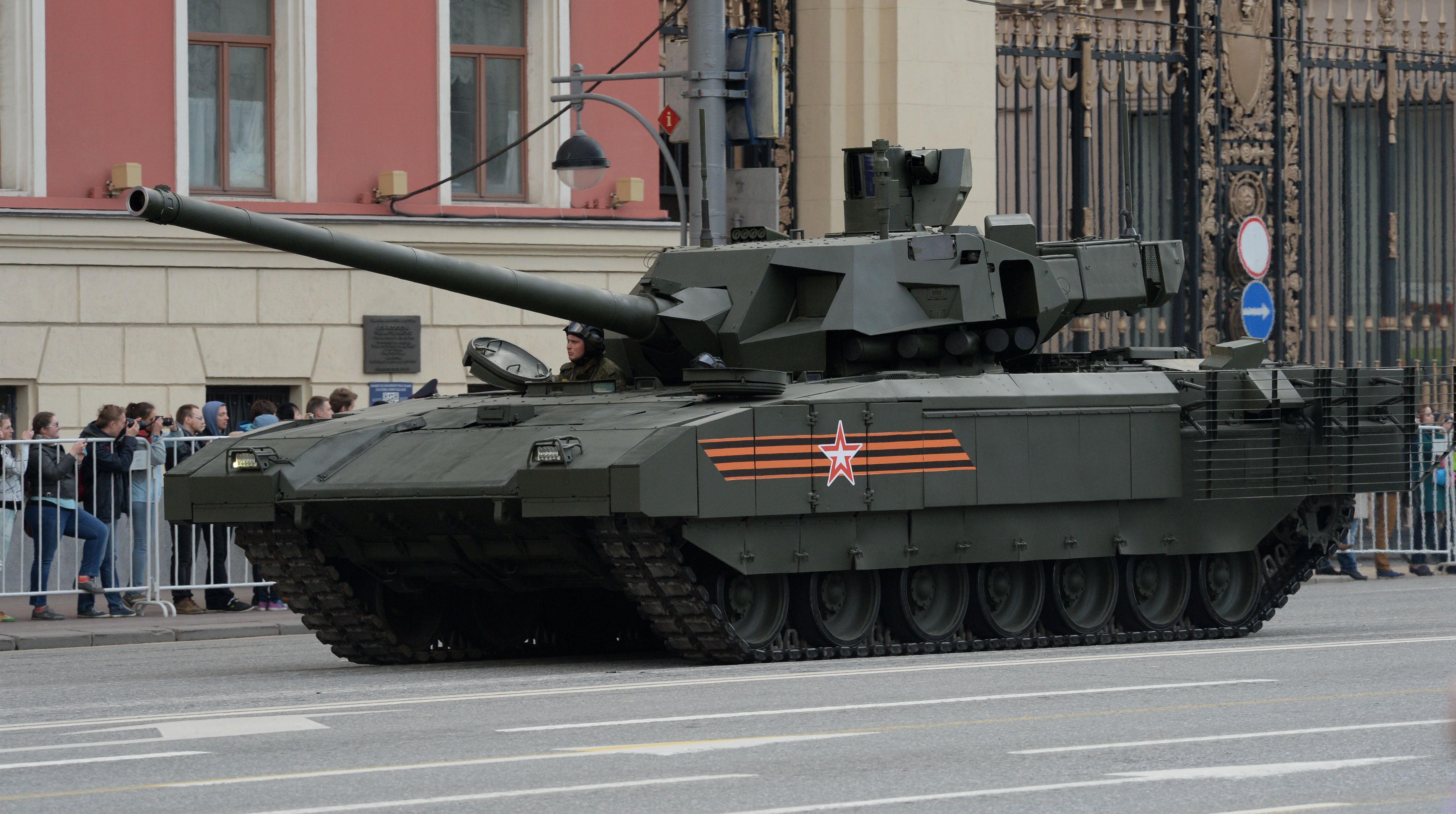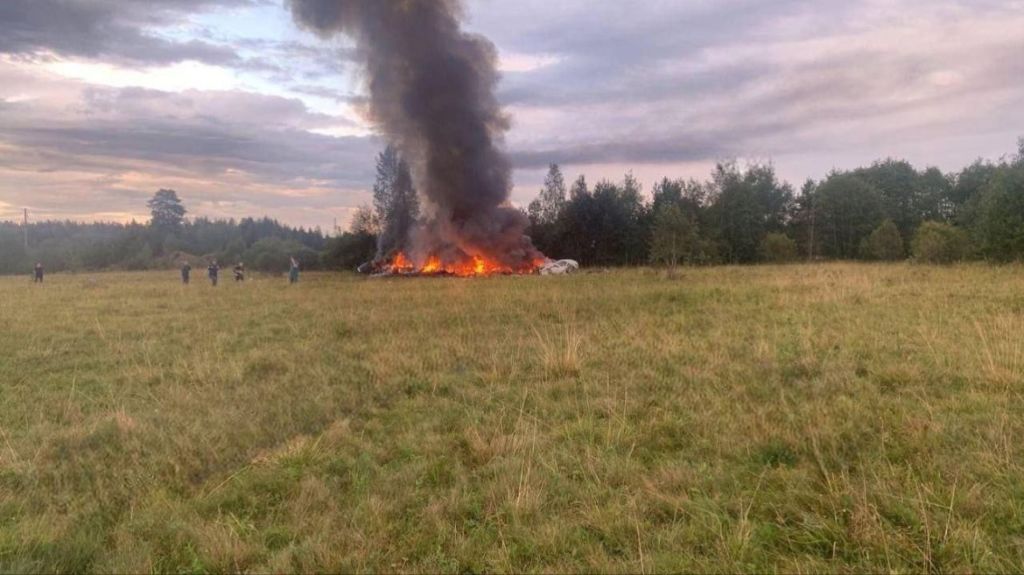Russia's T-14 Armata could become the world's first fully robotic battle tank


Russia publicly unveiled its high-tech T-14 Armata battle tank at a 70th Victory Day parade in May, celebrating the Allies' defeat of Nazi Germany. The Armata, expected to be the centerpiece of Russia's ground forces for years if not decades, is full of cutting-edge technology, both offensive and defensive — "For the crew, it's like playing a video game," Ilya Demchenko, one of the tank's designers, tells The Associated Press. And it has room to grow.
"New technologies built into the Armata could make it possible in the future to build a fully robotic vehicle that would operate autonomously on the battlefield," says AP's Vladimir Isachenkov, citing Armata chief designer Andrei Terlikov.
Currently, the Armata is fitted with a standard 125 mm cannon, but its weapons are aided by a digital control system that tracks targets, directs the Armata's movements — it has a pioneering remote-controlled turret, for example — and automatically deploys the tank's defenses, which include a new kind of armor protected by a reactive layer that defensively explodes when hit by a projectile.
The Week
Escape your echo chamber. Get the facts behind the news, plus analysis from multiple perspectives.

Sign up for The Week's Free Newsletters
From our morning news briefing to a weekly Good News Newsletter, get the best of The Week delivered directly to your inbox.
From our morning news briefing to a weekly Good News Newsletter, get the best of The Week delivered directly to your inbox.
If NATO is nervous about the Armata, it won't be alone. Moscow will eventually sell the tank to "our traditional partners: India, China, and Southeast Asia," said Vladimir Kozhin, an aide to President Vladimir Putin, according to Russian media. You can read more about the Armata at AP.
A free daily email with the biggest news stories of the day – and the best features from TheWeek.com
Peter has worked as a news and culture writer and editor at The Week since the site's launch in 2008. He covers politics, world affairs, religion and cultural currents. His journalism career began as a copy editor at a financial newswire and has included editorial positions at The New York Times Magazine, Facts on File, and Oregon State University.
-
 Which side is JD Vance taking in MAGA’s infighting?
Which side is JD Vance taking in MAGA’s infighting?Today’s Big Question GOP insiders are battling over antisemitism with an eye on 2028
-
 Campus security is in the public eye again after the Brown shooting
Campus security is in the public eye again after the Brown shootingTalking Points Questions surround a federal law called the Clery Act
-
 9 new cookbooks begging to be put to good winter use
9 new cookbooks begging to be put to good winter usethe week recommends Booze-free drinks, the magic versatility of breadcrumbs and Japanese one-pot cooking
-
 Nobody seems surprised Wagner's Prigozhin died under suspicious circumstances
Nobody seems surprised Wagner's Prigozhin died under suspicious circumstancesSpeed Read
-
 Western mountain climbers allegedly left Pakistani porter to die on K2
Western mountain climbers allegedly left Pakistani porter to die on K2Speed Read
-
 'Circular saw blades' divide controversial Rio Grande buoys installed by Texas governor
'Circular saw blades' divide controversial Rio Grande buoys installed by Texas governorSpeed Read
-
 Los Angeles city workers stage 1-day walkout over labor conditions
Los Angeles city workers stage 1-day walkout over labor conditionsSpeed Read
-
 Mega Millions jackpot climbs to an estimated $1.55 billion
Mega Millions jackpot climbs to an estimated $1.55 billionSpeed Read
-
 Bangladesh dealing with worst dengue fever outbreak on record
Bangladesh dealing with worst dengue fever outbreak on recordSpeed Read
-
 Glacial outburst flooding in Juneau destroys homes
Glacial outburst flooding in Juneau destroys homesSpeed Read
-
 Scotland seeking 'monster hunters' to search for fabled Loch Ness creature
Scotland seeking 'monster hunters' to search for fabled Loch Ness creatureSpeed Read
